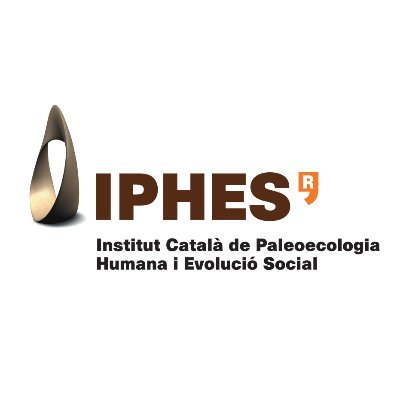
Barranc de la Boella
Project
ID: 000501531
Public
The paleogeography of the Barranc de la Boella site is related to the lower Francolí river valley. The lower Francolí river valley contains the Gavarres interfluve, which separates the terrace system of Middle Pleistocene age (T +30 m to current flood plain elevation) from the terrace system of Early and early Middle Pleistocene age (T+70 to T+40) (figure 1). The memoir of the second geological map of the area of Tarragona (1:50000) describes a fluvial terrace of + 60 m of elevation. Field observations in gravel quarries near the Gavarres interfluve, between the Constantí and Canonja villages, confirm the existence of this fluvial terrace system of Early Pleistocene ages. Geomorphological research and lithostratigraphic studies show that the Early Pleistocene terrace system is partially buried by Middle Pleistocene distal alluvial fan facies and continues to the Pineda coastal area near the Salou Cape. The Barranc de la Boella stratigraphy reveals a sedimentary succession related to an incised valley fill of +60 m in the Francolí river terrace. The Barranc de la Boella record comes form three main localities: pit 1, La Mina and El Forn. Six lithostratigraphic units measure 9 m in the locality of la Mina. Lithostratigraphic units II and III contain inverse polarity and their biostratigraphy contains Mammuthus meridionalis, Mymomis savini and Allophaiomys chalinei. The reverse polarity corresponds to the late Matuyama chron. Cosmogenic dating from unit II samples at La Mina and El Forn offer a date of 1 ±0,06 Ma. The Barranc de la Boella archeo-paleontological record consist of faunal, vegetal and lithic industries. The conservation of vegetal and faunal remains is related to fluvio-deltaic collapses on the Mio-Pliocene half-graben of the Gavarres. The association of the fauna and sedimentary facies points out a fan delta depositional setting and flooded habitats. Lithic assemblage industries suggest one of the first apparitions of large cutting tools in Europe. Future challenges in the Barranc de la Boella site research deal with findings dating to the early Middle Pleistocene and Early Pleistocene (before the Jaramillo magnetic episode). Future geomorphological and archaeological surveys will confirm the opportunity to explore the origin of the human occupation of Europe.